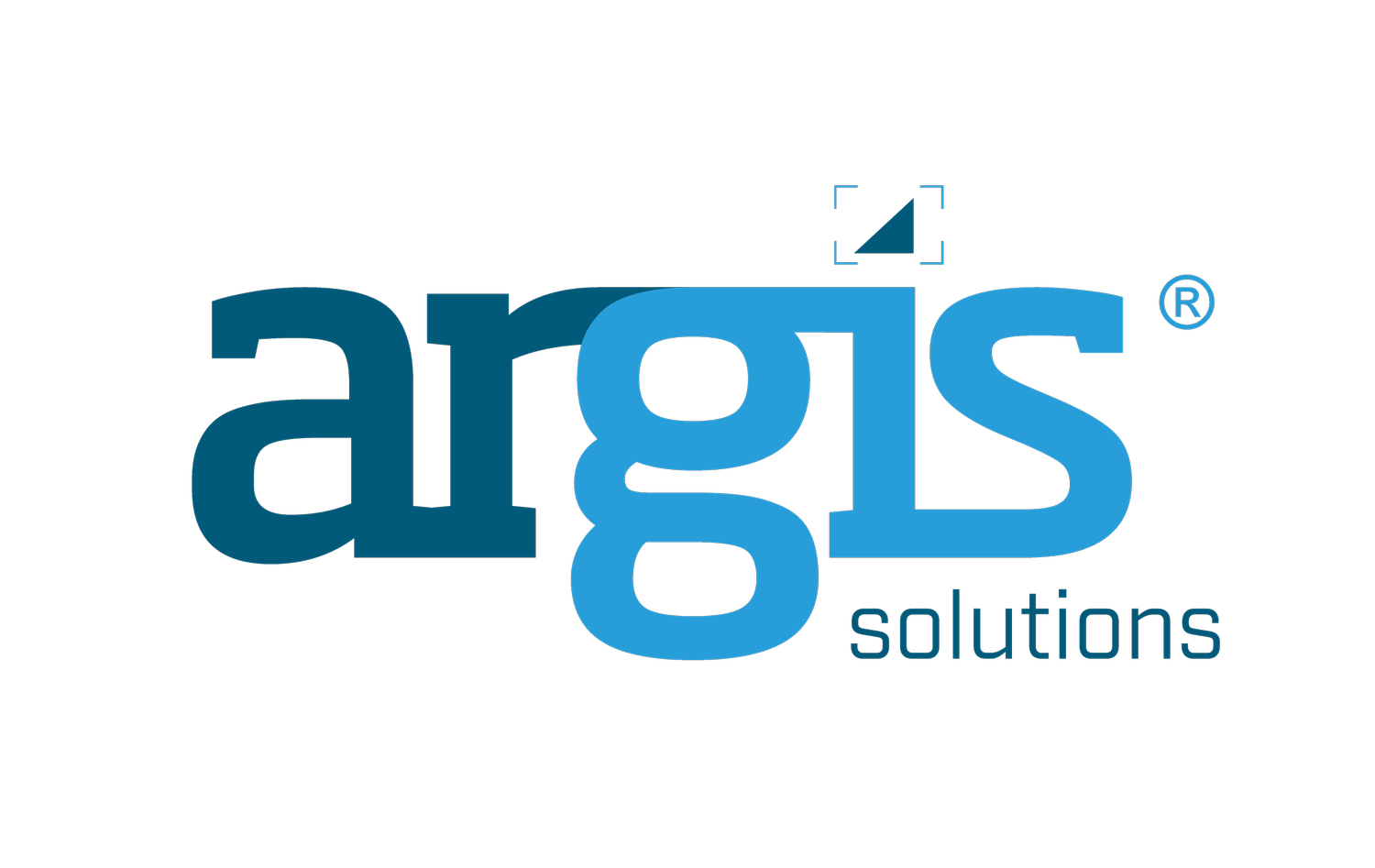ArcGIS Velocity is a Game Changer for Real-Time Sensor Data
What is ArcGIS Velocity?
ArcGIS Velocity is a tool that provides big data processing and analysis of Internet of Things (IoT) sensor data. It can handle both real-time and historical data. Real-time data is ingested from various sources like HTTP streams, Azure, Cisco and Apache Kafka. Historical data can be ingested from sources like existing ArcGIS feature layers, shapefiles, and RSS webpages. ArcGIS Velocity offers stateful processing, recording data across multiple, infinite events. This means it can process real-time data for tasks like geofencing, calculating motion statistics, and detecting incidents and data gaps. Analysis results are output in a variety of formats like CSV, JSON, shapefiles, etc. It interfaces with Azure Event and IoT Hub, Amazon S3, Apache Kafka and SMTP servers.
How Can It Help?
ArcGIS Velocity offers great value to users who work with real-time streaming data from various kinds of GIS sensors. Do you need to check the movement, speed, and location of a fire engine during an emergency response? Are you monitoring an electric transformer’s output? Is the average pressure over a section of pipe exceeding safe levels? Do you need to know if an automatic vehicle sensor is reporting data consistently? These are all sensor scenarios that ArcGIS Velocity can address. A great example of ArcGIS Velocity in action: A mobile app for skiers helps build understanding for how skiers are using ski resorts.
How Does it Work?
Because it may be difficult from both a labor resource and compute-power standpoint to manually track values like this, ArcGIS Velocity is able to detect anomalies more efficiently because it uses distributed cloud processing and automated notifications. The cloud processing greatly reduces or eliminates the computational strain that would be placed on a customer’s server if it were to process a large volume of data itself.
The automated notifications can alert users in the event certain conditions are met by sending an email or text message to notify appropriate personnel. ArcGIS Velocity can even output its analysis results in formats that are ingestible by other Esri products. This means that a GIS analyst can receive a notification about a data event, and then open a dataset inside ArcGIS Pro (or other Esri platforms) and visualize the data output right as the event is occurring.
Getting Started with ArcGIS Velocity
Esri has released clear and helpful documentation that describes how to set up data feeds, run analytics, and integrate ArcGIS Velocity with other Esri products for different levels of interest. Argis Solutions can provide GIS developer support to bring the vision for your project together, whether it’s real-time tracking of buses to other use cases.
Learn more about ArcGIS Velocity here.

